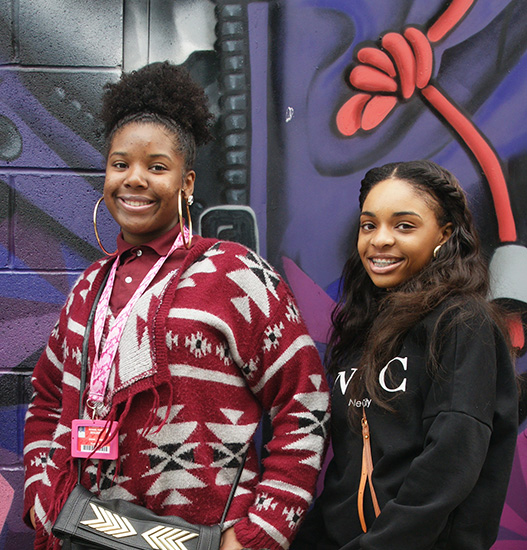
Although DC youth have supportive policies and services for sexual health care, we continue to face many urgent health challenges. According to the latest Youth Behavioral Risk Survey (YRBS) data, more of our youth ever had sexual intercourse (54 percent compared to 47 percent nationally), are starting earlier (15 percent had sexual intercourse before age 15 compared to 6 percent nationally) and having sex with more partners (22 percent of DC youth had sex with more than four partners compared to 15 percent nationally). Even though youth report using condoms in high numbers, older teens and young adults continue to contract STIs in high numbers with the most significant increases to women between 15 and 24. Many youth don’t know about the school-based sexual health services available to them and the vast majority of DC public school students have not had any health education.
Physical Health: Youth are not exercises or as far as we can tell, receiving adequate physical activity during gym class. Seventy-two percent of high school students were not physically active at least 60 minutes per day on 5 days or more. And 32.9 percent of female high school students and 21.9 percent of male high school students did not participate in at least 60 minutes of physical activity on at least one day, within the past 7 days of the survey (CDC, 2014). Under resourced youth of color are much more likely to experience preventable illness (diabetes, high blood pressure).
Sexual Health: DC teen pregnancy rates continue to fall overall, but are still significantly above the national average in wards 7, 8, and 5. Although teens report using condoms in high numbers (75 percent compared to 61 percent nationally), they are contracting STIs in high numbers. Recent data from the Department of Health indicates that rates of gonorrhea and Chlamydia are on the rise among teens and young adults. From 2008 to 2012, there was a 4 percent increase in Chlamydia infection reports; 65 percent of the cases were women, and 70 percent were between 15 and 24(CDC, 2012). According to the latest YRBS data, more youth have had sexual intercourse (54 percent compared to 47 percent nationally), and are starting earlier (15 percent had sexual intercourse before age 15 compared to 6 percent nationally), and are having sex with more partners (22 percent of DC youth had sex with more than four partners compared to 15 percent nationally).
Nutrition: Youth do not have healthy food options, contributing to DC youth’s high obesity rates. Lower-incomes and poverty correlate strongly with poor nutrition and higher rates of obesity; 32 percent of DC youth are obese or overweight. These same youth lack access to healthy foods and are dealing with hunger. Only 25 percent of high school students actually eat breakfast every day; 11 percent of middle school students and 17 percent of high school students report going hungry at least once within the past 30 days due to lack of food at home (YRBS Surveillance Report, 2013).
Mental Health: Youth do not have access to quality mental health services, within their schools and communities, that are free of charge and easy to access. Children and youth struggle every day to understand and deal with high levels of stress, family instability, and trauma. contributing to 25.5 percent of high school youth claiming to have felt sad or hopeless almost every day for 2 or more weeks; 31 percent of high school females, and 19 percent of high school males felt so sad or hopeless almost every day for two weeks or more that they stopped doing some usual activities


